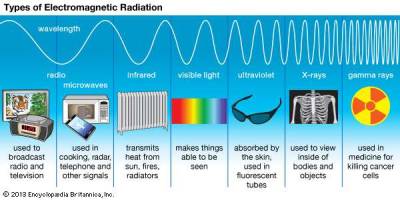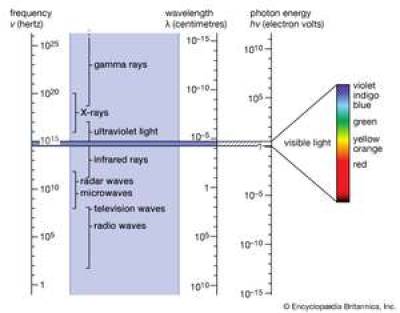
Measuring light
Marshall ProtocolA curative medical treatment for chronic inflammatory disease. Based on the Marshall Pathogenesis. (MP) patients who are photosensitive must protect their eyes from excess artificial light indoors by dimming it and/or using eye protection. The level of artificial light indoors should not exceed 30 lux. Lux is a measurement of light intensity (whereas, “watt” is a measure of power used). This level of light is similar to the mood lighting in an elegant restaurant.
The 30 lux figure refers specifically to a measurement of artificial light after all natural light has been blocked from the room. Reducing the natural light to 30 lux would not yield the same effect due to the spectral differences in the light (more ultraviolet and infrared).
Lux meter
A lux meter measures the intensity of light falling onto a surface. It is used, for example, in the film industry to check the amount of light falling on an actor's face. The same level of lux (incident light) might be generated from 60 watt bulb three feet away or from a thousand watt flood a hundred feet away.
It can be helpful for MP patients to use a lux meter to assess the level of artificial light in their living environments. This measurement would be made after all natural light has been blocked. MP patients who live with others will need to decide which rooms they will use that need to be darkened while other rooms receive natural light or has lighting that is brighter than 30 lux that other household members can use normally.
If you are a typical photosensitiveAbnormal sensitivity to sunlight and bright lights. Also referred to as "sun flare" or "light flare." Th1 patient, then 30 lux should be your target indoor lighting. You should find that comfortable. If you are still tripping over things after a day or two at that level, then you should increase it to the level at which you can see comfortably, but which doesn't strain your eyes.
The lighting at our conferences has been 30 lux, and some members have still thought it too bright. So 'your mileage may vary'.
Trevor Marshall, PhD
Patient experiences
I got a light meter. Fun! I didn't realize just how light 30 lux is. 30 lux is no big deal! I just did a little rule-of-thumb experiment that I thought I would share.
In an otherwise dark room, I took a table lamp with a standard 40 watt soft-white incandescent bulb (Sylvania brand - running on standard US power 115 Volts AC) It has an incident reading of 30 lux at about 42 inches from the bare bulb.
So, if you have a 40 watt bulb, you can get a sense of what 30 lux is like by putting your back to the glare of the bare bulb and looking at your hand at a distance of 42 inches (not in your shadow!). It's pretty bright, but then, I've been doing the romantic evening 24/7 around the house for a long time. It's easy to read by, even with 10% NoIRsSpecial sunglasses worn by Marshall Protocol patients to block light. on (for me anyway).
It also means that you can put a light colored shade on such a lamp and be pretty safe for no-NoIRSpecial sunglasses worn by Marshall Protocol patients to block light. living anywhere more than about 3 feet from it. I wouldn't look straight at it for minutes on end, but having it beside you or over your shoulder won't hurt. Need more areas of light? Use more lamps and keep them at least 6-7 feet apart.
Using higher watt bulbs with a dimmer switch is an option that works well, once you have a feel for how bright to make the room. It allows folks not on the MP to crank up the light more.
Knochen, MarshallProtocol.com



